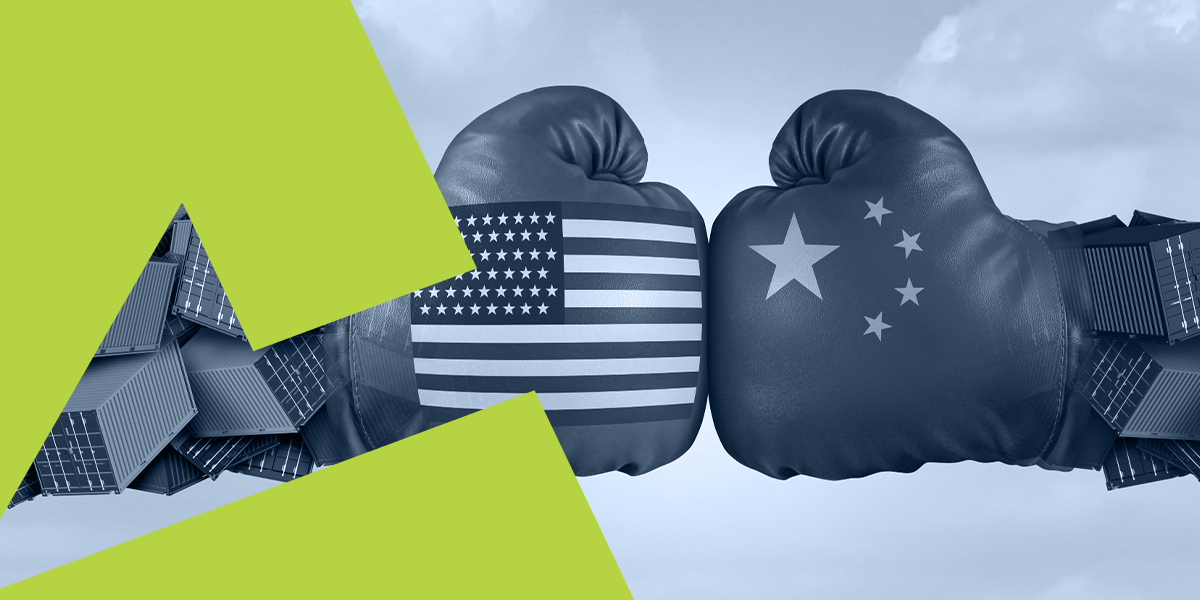Mixed Performance on Global Indices.
February was a turbulent month for global stock indices, with markets swinging in response to geopolitical tensions, economic data, and central bank decisions. While some indices were lifted by strong corporate earnings and hopes for ongoing monetary support, others struggled under the weight of trade war fears, inflation concerns, and tightening financial conditions. The FED and ECB’s policy moves were pivotal, keeping investors on edge. Resulting in a rollercoaster month for global markets, with mixed performances as traders weighed the risks and rewards of a complex economic landscape.
Safe-Haven Drives Yen.
Initially, the yen gained strength as a safe-haven asset amidst escalating geopolitical risks. However, it subsequently came under pressure, driven by market expectations of prolonged accommodative policies from the Bank of Japan. Its fluctuations were shaped by a combination of external factors, such as China tariff disputes, and domestic economic policy considerations.
Euro Bounces Back.
The euro gained support after Germany’s federal election, where the conservative bloc achieved a notable victory. This political outcome fuelled optimism for potential economic reforms, boosting the euro’s strength. However, the currency also encountered challenges amid ongoing trade uncertainties and concerns over the possible impact of tariffs on European exports.
USD Weak and The Tarriff war.
President Donald Trump’s declaration of a 25% tariff on goods from Mexico and Canada, coupled with an additional 10% tariff on Chinese imports, exerted considerable pressure on the U.S. dollar. As a result, the dollar depreciated by 2.5% against major currencies, reflecting investor apprehension in response to intensifying trade tensions. In turn, speculators began bracing for potential economic ramifications stemming from the newly imposed trade policies.
Additionally investors saw the U.S.-China tariff war heat up as the U.S. imposed new tariffs on imports from China, Mexico, and Canada, citing national security and trade imbalances. In retaliation, China and the European Union ramped up their own tariffs, adding fuel to the fire. Key industries like technology, automotive, and agriculture were caught in the crossfire, sparking fears of a global slowdown and disrupting critical supply chains. Despite behind-the-scenes talks, no breakthroughs were made, leaving the trade conflict as a major source of uncertainty, with businesses and markets bracing for the ongoing fallout.
